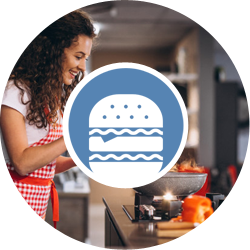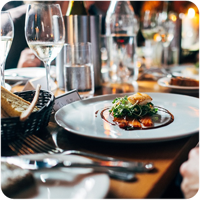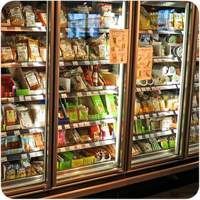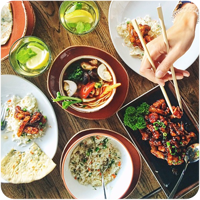Het arrangement 8.1 Eating and preparing food - tto123 is gemaakt met Wikiwijs van Kennisnet. Wikiwijs is hét onderwijsplatform waar je leermiddelen zoekt, maakt en deelt.
- Auteur
- Laatst gewijzigd
- 11-05-2025 18:07:54
- Licentie
-
Dit lesmateriaal is gepubliceerd onder de Creative Commons Naamsvermelding-GelijkDelen 4.0 Internationale licentie. Dit houdt in dat je onder de voorwaarde van naamsvermelding en publicatie onder dezelfde licentie vrij bent om:
- het werk te delen - te kopiëren, te verspreiden en door te geven via elk medium of bestandsformaat
- het werk te bewerken - te remixen, te veranderen en afgeleide werken te maken
- voor alle doeleinden, inclusief commerciële doeleinden.
Meer informatie over de CC Naamsvermelding-GelijkDelen 4.0 Internationale licentie.
Aanvullende informatie over dit lesmateriaal
Van dit lesmateriaal is de volgende aanvullende informatie beschikbaar:
- Toelichting
- Deze les valt onder de arrangeerbare leerlijn van de Stercollectie voor Engels voor tweetalig onderwijs, leerjaar 1,2 en 3. Dit is thema 8 'Food and drink'. Het onderwerp van deze les is: Eating and preparing food. Deze les staat in het teken van uit eten gaan en zelf eten klaarmaken. Er wordt gesproken over restaurants, eten bestellen en veilig eten bereiden. In de grammaticaopdracht wordt de 'present simple' en 'present continuous' toegepast.
- Leerniveau
- VWO 2; HAVO 1; VWO 1; HAVO 3; VWO 3; HAVO 2;
- Leerinhoud en doelen
- Engels;
- Eindgebruiker
- leerling/student
- Moeilijkheidsgraad
- gemiddeld
- Studiebelasting
- 1 uur 40 minuten
- Trefwoorden
- arrangeerbaar, eating and preparing food, engels, eten bestellen, present continuous, present simple, restaurants, stercollectie, tto123, veilig eten bereiden
Gebruikte Wikiwijs Arrangementen
VO-content Engels. (2020).
1.2 Preferences - tto123
VO-content Engels. (2023).
8.1 Going out to dinner - hv12
https://maken.wikiwijs.nl/138243/8_1_Going_out_to_dinner___hv12

 The subject of this period is eating out and preparing food.
The subject of this period is eating out and preparing food.

 At the restaurant
At the restaurant
 Food safety
Food safety Study the vocabulary. (10 minutes)
Study the vocabulary. (10 minutes)
 Have a look at the Knowledge base about Simple present and Present Continuous.
Have a look at the Knowledge base about Simple present and Present Continuous.

 In the restaurant
In the restaurant What have you learnt in this period?
What have you learnt in this period?
